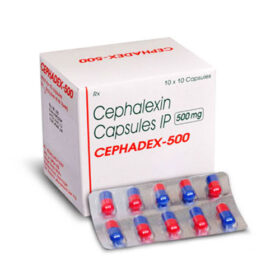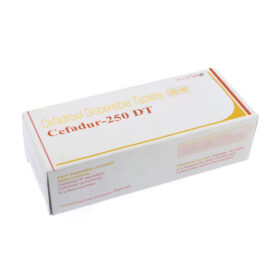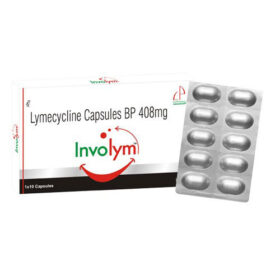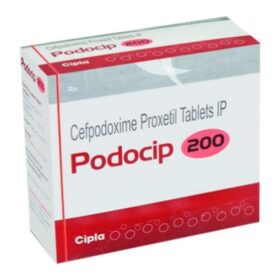- Your cart is empty
- Continue Shopping
Product
Bactrim DS (Sulfamethoxazole/Trimethoprim)
Price range: $188.00 through $330.00
Bactrim DS (Sulfamethoxazole/Trimethoprim) is a widely used antibiotic that treats bacterial infections such as UTIs, bronchitis, pneumonia, and gastrointestinal infections. Its dual-action formula works by blocking bacterial growth for faster, more effective relief. Backed by FDA approval and supported by research on PubMed, Bactrim DS is trusted worldwide, including recommendations by WHO. For safe use, always follow medical guidance, complete the prescribed course, and monitor for potential side effects. More patient-friendly resources are available at Drugs.com and WebMD.
Bactrim DS is a trusted antibiotic that combines sulfamethoxazole and trimethoprim to treat a wide range of bacterial infections. It is widely prescribed for urinary tract infections (UTIs), respiratory infections, gastrointestinal infections, and certain types of pneumonia. According to Mayo Clinic, this dual-action medication works by stopping bacterial growth, making it highly effective for both acute and chronic infections.
Key Benefits & Uses
-
Effective treatment for UTIs, bronchitis, ear infections, traveler’s diarrhea, and Pneumocystis jirovecii pneumonia (PJP).
-
Dual-action antibiotic for faster infection control.
-
Reduces recurrence risk of infections with clinically proven results.
-
Backed by research from PubMed and approved guidelines from the FDA.
-
Trusted worldwide in infection management by WHO.
For more details, visit Drugs.com and WebMD for patient-friendly resources.
How to Use
-
Take Bactrim DS orally with a full glass of water, with or without food.
-
Dosage varies depending on the condition, usually every 12 hours.
-
Complete the full course, even if symptoms improve.
-
Do not skip doses to prevent antibiotic resistance.
More detailed usage information can be found at Healthline.
Important Safety Information
-
Avoid if allergic to sulfa drugs or trimethoprim.
-
Not recommended for pregnant or breastfeeding women unless advised by a doctor.
-
Regular monitoring of kidney and liver function is advised.
-
Drink plenty of fluids to reduce the risk of kidney stones.
Common Side Effects
-
Nausea, vomiting, or diarrhea
-
Loss of appetite
-
Rash or mild skin irritation
-
Headache or dizziness
Severe reactions such as persistent sore throat, unusual bruising, or yellowing of the skin require immediate medical attention. Always consult a doctor or check WebMD for detailed side effect management.
Why Choose Bactrim DS?
-
Clinically proven effectiveness in treating bacterial infections
-
Combination therapy for broader antibacterial coverage
-
Recommended by leading global health authorities
-
Backed by decades of clinical use and studies on PubMed
Additional Information
| Strength | 200 mg |
|---|---|
| Size | 50 Tablets, 100 Tablets, 150 Tablets, 200 Tablets |












